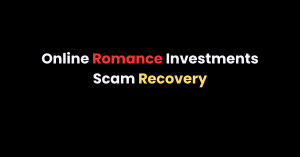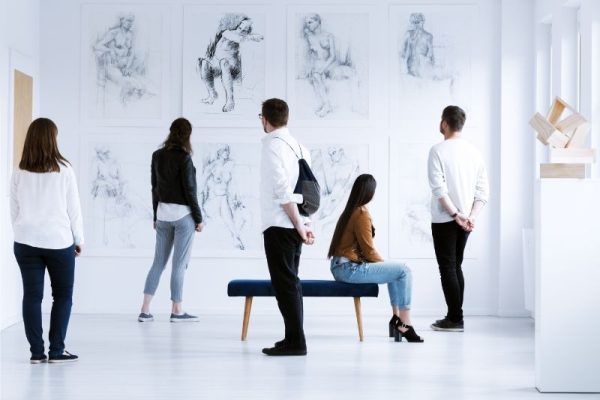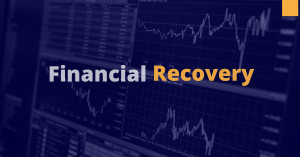
Online Romance Investments Scam Recovery
Victims of online romance investment scams often find themselves in a difficult situation, having lost significant sums of money to fraudulent schemes. Recovering these funds
Office Hours: Sun – Thurs: 8.00 – 16.00
Have Any Questions?: enquiry@nortonintelligence.co.uk

Creative euphemism: When the Singapore International Commercial Court trials Swiss freeport magnate Yves Bouvier in an art case, the art world will turn its attention to the Singaporean court.
Bouvier is serving on behalf of Russian billionaire Dmitry Rybolovlev to assemble a collection of artwork from the Renaissance to Modernism by outstanding artists like Leonardo da Vinci, Amedeo Modigliani, and others. Following accusations of price manipulation, the relationship fell apart and he was subsequently arrested in Monaco on charges of fraud and money laundering, all of which occurred as a result of the various legal actions in various locations. Maurice Rybolovlev claims that Bouvier should have only received a moderate commission per acquisition, and was therefore acting as an agent. According to the Russian, his family’s trust and his own finances were duped into paying inflated prices. In addition, it is alleged that his agent took an additional $1 billion from the illicit money collected. In a final denial of the charges, Bouvier has firmly asserted that he was not an agent of the firms who had accused him of price fixing, and that as an independent salesperson, he was allowed to charge as much as the market would bear.
The words of Andy Warhol may apply here: “Art is what you can get away with.” Art crime causes an estimated $6 billion in losses each year, and it is therefore the most profitable criminal enterprise. That figure is nearly 10% of the entire global art market’s sales, totaling $63 billion in 2015, according to Arts Economics’ analysis.
Art markets are notoriously secretive. Very high-value works of art often change hands in off-the-record transactions, and even at public auctions, proxies are used to place bids on behalf of anonymous buyers. Art and antiques don’t leave the same kind of paper trail as other tangible assets, such as real estate, planes, and yachts. Auction houses consider client information confidential, and so their prices are published. Dealers and advisers demand the same level of discretion in the art world.
No matter how difficult it is to understand how this type of scheme could have worked, one thing is clear: Forgery artists managed to sell 50 fakes for $20 million to Knoedler & Co, one of the most respected galleries in the US until it was forced to close in disgrace in 2011. De Sole testified, “I got a fake painting for $8.3 million and I want my money back!” ”
The Chairman of Sotheby’s may seem an unlikely target, though. Nonetheless, the other art buff who fell victim to the forgeries wasn a Chinese immigrant living in his garage. Glafira Rosales, who sold the paintings to the gallery as having come from an anonymous European heir, had fooled several other seasoned collectors and experts. Rosales said that the heir had inherited multiple Abstract Expressionist masterpieces for the first time. According to some reports, he was very private with his personal information. It became known as “Mr. X” and “Secret Santa” because they anonymously donated US$60 million to the Knoedler Gallery, which later resold the fake paintings for US$60 million. Of course, as everyone already knew, the heir was a complete fabrication. Ms Rosales was found guilty of fraud, and Ms Freedman’s civil suit was settled for an unknown sum. It turns out even after Mr. X is exposed, the art world continues to have a taste for anonymity and secrecy.
When it comes to the art market, the rules are largely stacked in favor of discreet players who are capable of acquiring deals through privileged insights. In financial markets, insider trading may be prosecutable, but in the art market, it is rarely even considered. Also known as the “freeport king,” Bouvier has his own moving and storage company, Natural Le Coultre, which operates three luxury warehouses in Geneva, Luxembourg, and Singapore, where investment-quality art and antiquities can be safely stored and traded without paying taxes.
These state-of-the-art facilities are hot spots for art storage, and they often give an advanced peek into what items are making a comeback in the market, as well as what collectors are looking to unload. In November 2016, the Swiss government announced plans to put stricter regulations in place at its freeports, which are major European markets for antiques, art, and other collectibles.
This is not something that we’ve only recently discovered. One in every three legitimate news articles or op-eds posted on major media websites had been published in a top 50 newspaper, including the “Panama Papers,” a leak of 11.5 million documents from law firm Mossack Fonseca. These documents revealed 40 years of offshore maneuvering and legerdemain used to conceal ownership of artworks by such masters as Van Gogh, Picasso, Rembrandt, and others. The subject of many of the emails and internal correspondence, alongside banking records and other confidential documents, was information on dark money and questionable deals, such as numerous instances of lying, Nazi looting, and immoral behavior by well-known billionaires. While it is, of course, unfair to label foreign shell corporations as accomplices to fraud, it is also incorrect to assume that every nominee director is a wolf in sheep’s clothing and every “bearer shares” owner has a history of money laundering. With ultra-high-net-worth collectors, celebrities, and private trusts, discretion has a great value. For specific acquisitions, there are legitimate reasons for using special-purpose vehicles (SPVs). For ring-fencing liabilities, there are none. Art market participants, as well as collectors, will eventually recognize that the obsession with market opacity is counterproductive.
Bad actors can now operate in the international art market under the current conditions. The opposite case: Failure to adequately regulate conflicts of interest in the market can make legitimate participants (but not their conflicted counterparts) appear as criminals. Here is a quote from Warhol again: “It’s not what you are, but what others perceive you to be.” So secrecy comes at a cost, whether it is publicly known or not. While there are few obvious benefits to doing business in the dark, there are equally negative consequences to doing so.

Victims of online romance investment scams often find themselves in a difficult situation, having lost significant sums of money to fraudulent schemes. Recovering these funds

With the rise of digital transactions, the risk of financial fraud and mismanagement is growing daily. Professional funds recovery services have become essential for individuals

When faced with financial difficulties, receiving a call or letter from a company claiming to offer financial recovery services can be both a relief and